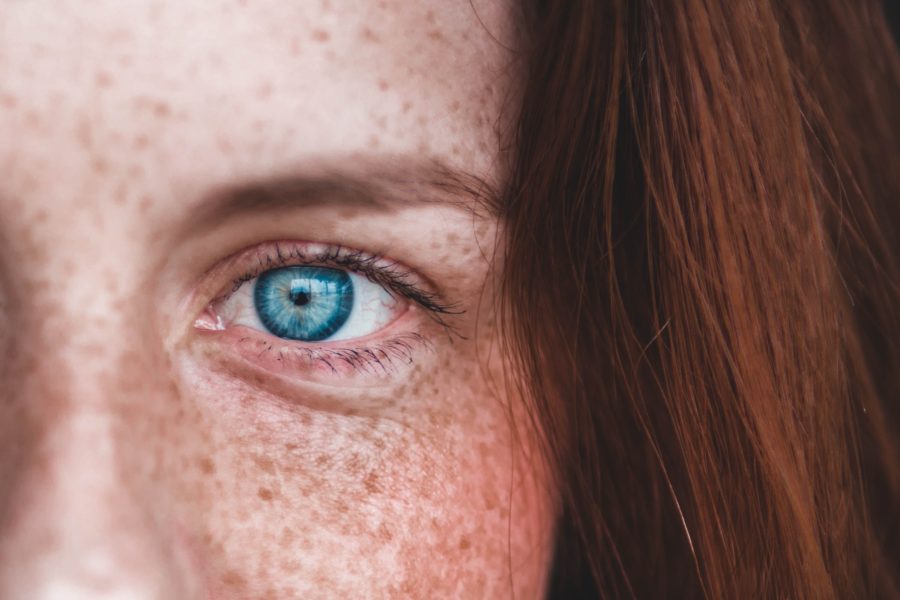
Ageing interferes with circadian rhythms and the visual system
Ageing affects our body in various ways. It also influences our circadian rhythms and the amount of light is reaching the eye. Natural processes that occur due to ageing include diminished sensitivity to light and loss of robustness of circadian rhythms. Similarly, smaller pupil diameter results in less light being transmitted to the retina of the eye.
With age, the lens of the eye becomes more transparent and yellow. The lens accumulates a yellow-brownish discolouration, which results in filtering out of blue light. Blue or short-wavelength light is especially important for activating our circadian rhythms. It influences our performance, sleep and number of functions that are running in the background. A study reported that yellowing of the lens and filtration of blue light is associated with sleep disturbances.
A real-life illustration
Let’s imagine we are at home sitting under warm or amber colour light. How light activates our bodies can differ by 20% if we examine the retina of the eye of a 25-year old compared to a 45-year old. Now let’s imagine we are sitting under blue or daylight resembling light. The effects of blue light reaching a 60-year old and a 25-year old can differ by 50% or up to 1.5 times. The examples just show how significant these changes are.
Steps that you could take
With age, we need to be even more aware of the light. This is especially important for the blue light we receive throughout the day. Expose yourself to natural daylight in the mornings and the first half of the day. This will help to activate the circadian system and start the day. Natural daylight will also compensate for the lower transmission levels that occur with age.
Learn more about circadian rhythms
If you want to ensure you receive the right light at the right time considering your age – or to improve your sleep and energy levels – then there are real benefits to learning about your circadian rhythms.